I’m a techie and tinkerer by nature, and as a Sierra Club Life Member, I’m always looking into ways to reduce my carbon footprint. Some of these ideas I came up with on my own, and some of them I learned about in this excellent series written by Daily Kos founder Markos “kos” Moulitsas:
http://www.dailykos.com/story/2014/12/22/1348847/-The-Kos-guide-to-a-carbon-neutral-household-Intro
I’ll talk about them in order of increasing cost.
Live Energy Use Monitoring
One of the first questions you might wonder is “Exactly how much energy is my household using right now?” There is a way to find out your instantaneous energy usage. In order to do this you need to have a smart energy meter installed at your house, and check with your electric utility company to find out which devices it supports. Here is the info for SDG&E:
https://www.sdge.com/residential/about-smart-meters/home-and-business-area-network
I chose the Rainforest Eagle recommended in the kos article. It can be purchased at Amazon.com for about $100.
Once you get the device, you have to go online to register it with SDG&E. They notify you when it has been approved, and then you can install it on your home network. Using either a web browser or smart phone (I use EnergyVue on my Samsung Galaxy S4) you can get an instant “meter” reading for the electric consumption in your house.
You can then experiment with turning household appliances on/off to discover which ones are the biggest power draws.
Proximity Sensors for Utility Room Lights
How many times have you gone into your laundry room, turned on the light, and then left it on all day accidentally? I do this a lot. At one of my weekly forays into Home Depot, I was thinking about this and looked in the lighting section to see what kind of automation was available. That’s where I found this:
It automatically turns on the light when I open the laundry room door. Five minutes after I leave, it automatically shuts off. You can also turn it on and off manually. It costs around $20 for one. Also useful in kids’ play rooms or any other room that is infrequently occupied.
The wiring isn’t that hard… (Author’s note: I have Bachelor’s and Master’s Degrees in Electrical Engineering so your definition of “hard” may vary from mine.) Here it is installed in my laundry room.
Switch to LED Lighting
LED lighting prices have come down a lot. They are more expensive up-front than traditional incandescent bulbs, but their electricity consumption is a lot lower, so they pay for themselves over time. You can now get dimmable and 3-way LEDs easily at Home Depot. I also have a lot of chandelier lighting in my house; some of those bulbs I had to order online. The new track lighting I recently installed also could use LED bulbs.
You have to be careful, though, because LED lights tend to be a little larger than their incandescent counterparts. Bring the old bulb with you to the store and compare its size to the larger LED bulb, keeping in mind the space requirements of the fixture. You may need to take some measurements of the fixture to make sure the new LED bulb fits. I have had to return a few LED bulbs because they were too big to fit in the enclosure.
Get a Smart Thermostat
I got a Nest learning Thermostat last year. They are not cheap at $249. I got mine simply because I hated the controls of my old thermostat. It’s like having an iPod interface for your thermostat.
Where this can help you conserve energy is that it can be set to “Home” and “Away” modes. In “Away” mode, the house heating or cooling threshold is set for maximum energy conservation. For the first few weeks you manually set “Home” and “Away” when you enter/leave your house. Eventually it learns your patterns and does this automatically.
It also learns how long it takes for your heater or A/C to move the temperature from the “Away” point to the “Home” point and will kick in your heating or cooling system early so your house is at your comfort point by the time you get home. It can also be controlled manually from your smart phone.
Have Solar Panels Installed
This is potentially the most expensive endeavor, depending on how you choose your arrangement with the solar installer. Most installers provide both Buy and Lease options. With a Lease Option they lease you the system, but your reduced energy bill plus lease fee will be lower than your existing monthly energy bill.
I went with Stellar Solar and chose to buy the system outright. It was around $21000 installed, but I was able to claim 30% of my installation cost as Federal Tax Credit in 2013. The credit is available through the end of 2016. You can find the details on this and other Federal energy credits here: http://energy.gov/savings/residential-renewable-energy-tax-credit
Energy usage report provided by Stellar Solar to size my solar system:
SDG&E Smart Meter
Solar inverter install and wiring
You can barely see the solar panels on the roof
You can see my Yelp review of Stellar Solar here:
http://www.yelp.com/biz/stellar-solar-san-diego?hrid=PaaMERKlsc9EV09EIyZQVA
The whole process takes several months. There are some permits needed by SDG&E, your electric meter may need to be upgraded, and of course there is the solar panel installation, power inverter, all the wiring, and installing new breakers in your breaker panel. They handled all of this, and I just had to be at the house a few times to give them or the SDG&E inspectors access.
One thing to consider before installing solar panels is the state of your roof. If you have an older house and it is nearing its typical lifespan, you’ll probably want to get it redone before you have solar panels installed. I had an inspection done and decided it was the smart thing to do.
Other Things You Can Do
Now you have an idea of ways to improve your home energy efficiency, ranging from simple to grandiose. There are many areas I haven’t touched upon that you can do. Here a just a few of them:
- Replacing a home appliance? Check Consumer Reports reviews for newer energy efficient models that have met Energy Star compliance testing by the EPA. See http://www.energystar.gov/
- Getting a bigger TV? LCD, OLED and plasma TV display technologies all have different energy consumptions rates. See http://www.cnet.com/news/what-you-need-to-know-about-tv-power-consumption/
- Live in an older house? Have a home energy audit done to see where all your heat is escaping. See https://www.energystar.gov/index.cfm?c=home_improvement.hm_improvement_audits
The bottom line: Any time you are considering a home improvement project, whether it’s a DIY or you are hiring a professional, add energy efficiency improvement to your list of criteria when making a decision. With a little extra effort, you can save money and help Mother Earth.

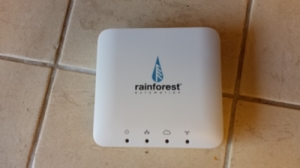
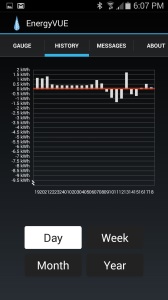
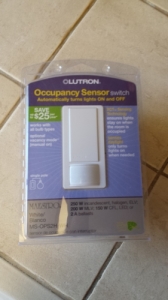
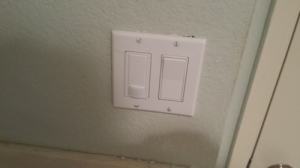
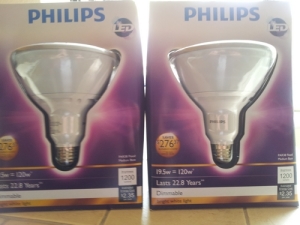
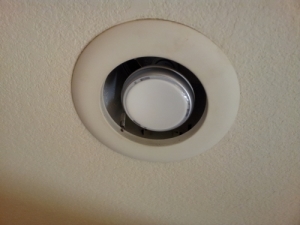
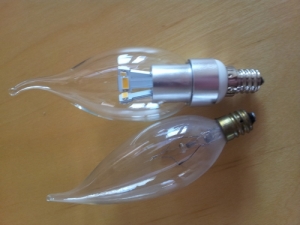
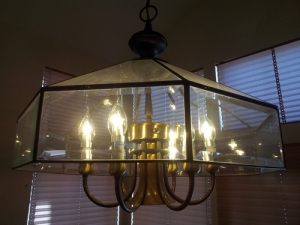
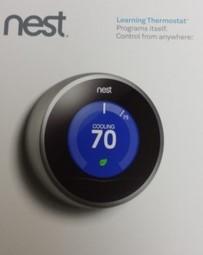
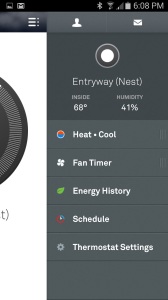
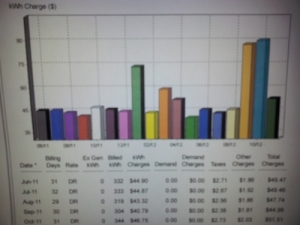
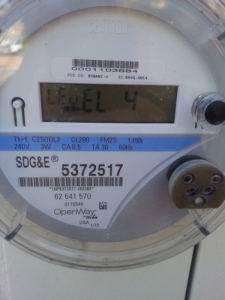

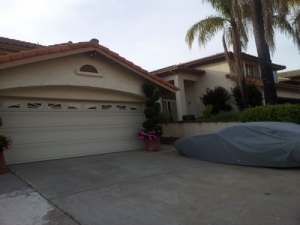
8 Responses
This is a helpful guide, Tyler. That smart thermostat is a really appealing item for me. I plan to get one.
I would add dual-glazed windows to your list, but I don’t remember what those cost. I did them a few at a time as I could afford to pay for them out of current funds. That probably wasn’t the least expensive way to do it, but it’s done now.
love love love!
Great resource, Tyler, thanks for sharing this!
Thank you Tyler for many great ideas on reducing our energy use. We all must walk the talk and should implement as many of these as possible. Of course I’m biased because I work for SolarCity, the largest installer of solar in the nation. Solar is probably the best investment of all that you can make. I want everyone to know you can get solar installed at no cost to you, whether you lease or purchase the panels. No other solar company is allowing people to purchase panels for 0 out of pocket for the system-it’s called MyPower. I just want people to understand that there is a full range of options to obtaining solar; the fastest way to get us off of fossil fuels. if you or anyone you know are interested, please contact me for more information. I can be reached at 619-851-5570 or DianeLesher@gmail.com.
First let me say I’m glad people are reading this and finding the information useful. 🙂
Regarding choosing a solar install company, all I would say is this:
1. Look at yelp reviews for the companies you are considering. Ask anybody you know at work or neighbors who got them installed about their experience. They may be able to give you a referral (and they may get a referral fee that they might be willing to split with you.)
2. Get quotes from several companies to see what they offer and on what terms.
3. Solar panels are offered at different price points based on their efficiency in converting incident sunlight to energy: higher efficiency = higher price. The range is 17% at the low end to 20% at the high end. I chose the most efficient panels (SunPower @ 20%) which was part of the reason why my system was so expensive. I don’t know which, if any, solar installers SunPower has exclusivity distribution arrangements with. Bear in mind also that over time the efficiency WILL degrade slowly. Some installers may guarantee you a power output over the life of the lease where they pay the difference as your power output declines.
If you have any further questions about any of the subjects I covered feel free to email me at MaryTaylorWho@gmail.com
Wow! what a through analysis. Thanks so much.
Interesting stuff Tyler. I hope you’ll keep us updated on your home energy efficiency measures through future blogs!
Helpful information. Fortunate me I found your website by
accident, and I am surprised why this accident did not happened
earlier! I bookmarked it.